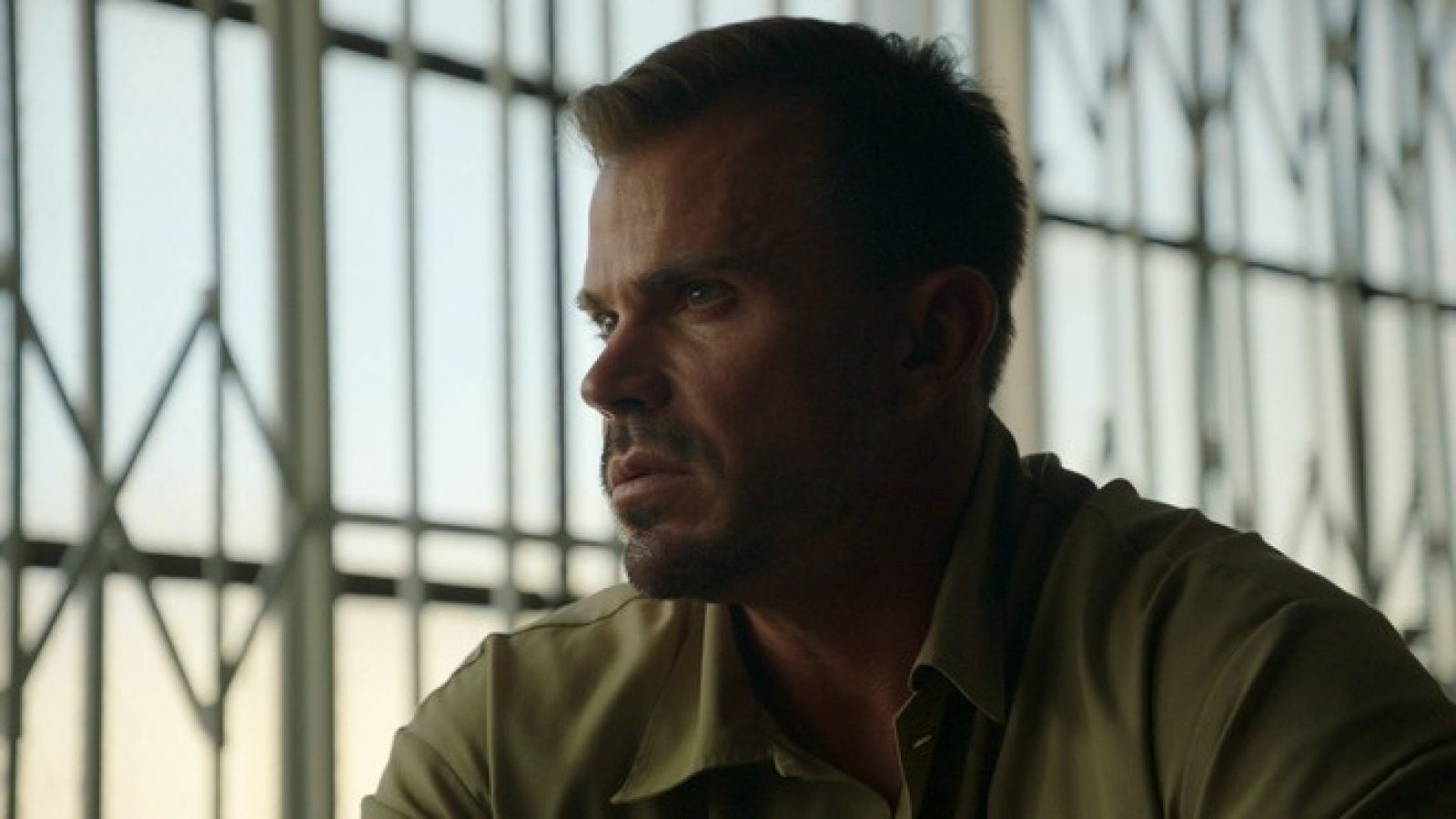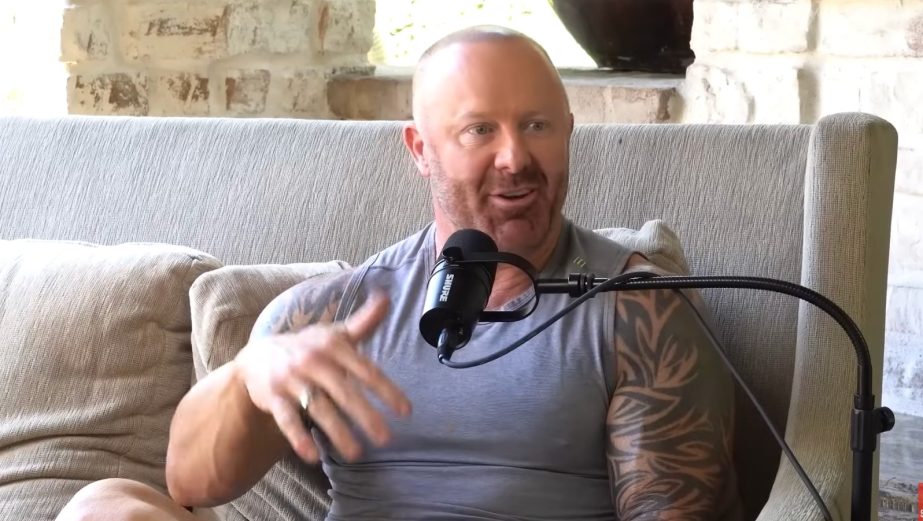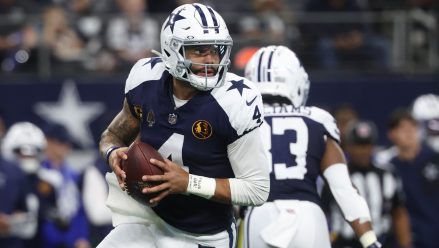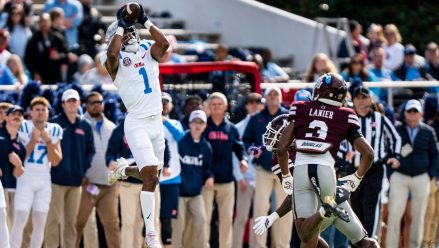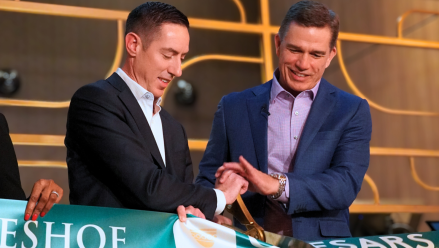Owen Hanson is not someone who should conjure sympathy, not considering the years of money-laundering, drug-smuggling and physical coercion that sent the former Southern Cal football player to prison for nearly a decade.
The now-43-year-old — a bench-warmer and the performance-enhancing drug connection for the 2004 Trojans team that went 13-0, according to the Prime Video Sports documentary, Cocaine Quarterback: Signal-Caller for the Cartel — still projects the party-boy goofball image that led him from a lower-middle class upbringing in Redondo Beach, Calif., to working for the Sinaloa Cartel, plunging him into a life of immense wealth, albeit at the cost of immense danger and criminality. It’s just showing some wear these days.
Many who watch the entertaining three-part series will reminisce about the version of Owen Hanson they knew in college or high school. And then, hopefully, not remember how their story went this wrong.
Hanson was sentenced to 21 years in prison in 2017 but was released in 2024 after helping Australian authorities close their end of his racketeering and money-laundering case. He was barely a quarterback, but the reality would not have made for such a catchy title. He participated in just two games at USC — not bad considering he came to campus as a volleyball player — and was listed as a tight end. He was celebrating on the sideline with his teammates in 2004 when coach Pete Carroll wanted to give him a few token minutes at the end of the BCS Championship Game, a 55-19 romp of Oklahoma in the Orange Bowl. He had removed his gear and could not take the field.
Don’t come expecting a gambling doc
Woven into the narrative of a poor kid whose construction-worker father still thinks Hanson could have been a CEO because of his charm and savvy are lurid details that rightly lay bare a man who was intoxicated by his jet set lifestyle as much as the drugs and champagne he could afford by doing bad things. The same grinning hustler who peddled frozen protein bars made in a bucket while in prison threatened and intimated. He sent bettors who were late to pay up videos of Mexican cartel executions. He had the grave of the mother of gambler R.J. “Robin Hood 702” Cipriani desecrated after Cipriani lost $2.5 million worth of money he was supposed to launder in a casino.
That’s one of two crucial junctures in the narrative where gambling nudged Hanson’s criminal arc along. Gambling isn’t the heart of the documentary but it is crucial to the story.
As some of his USC teammates went off to pursue NFL careers, Hanson pivoted from smuggling and selling PEDs to running a sports betting ring. Hanson scaled his business and gained the trust of high-dollar bettors because he always paid out promptly. One of those bettors eventually was revealed as a boss in Mexico’s Sinaloa Cartel, who soon deployed Hanson’s eagerness and ability in skirting laws into smuggling cocaine into and laundering drug money out of Australia. That’s also where Hanson crossed a boundary into doing whatever was necessary to make sure his clients paid up, too, hiring enforcers to terrify those who owed him money.
And a gambler, namely Cipriani, is the impetus for Hanson’s undoing. A high-roller who gained publicity for often donating winnings to charity, Cipriani comes across in the documentary as a character who savors his place in the storyline — especially the fact that he tipped the FBI on Hanson’s activities. One federal agent interviewed for the documentary marveled how he was still alive.
Cipriani is in the process of developing his own project on the case, according to the Hollywood Reporter, and is furious that Amazon, he claims, left intentionally unclear whether he knew he was laundering drug money for Hanson. Cipriani, who initially demanded an executive producer credit in Cocaine Quarterback, said his footage in the final product was the result of what he thought was between-take conversations with the film crew.
Cocaine Quarterback is a riveting watch, replete with true crime, vanity, copious amounts of name-dropping and an epic fall from grace. The redemption story is a work in progress. Come for all of that. Don’t come expecting a gambling documentary.
Photo courtesy of Prime

